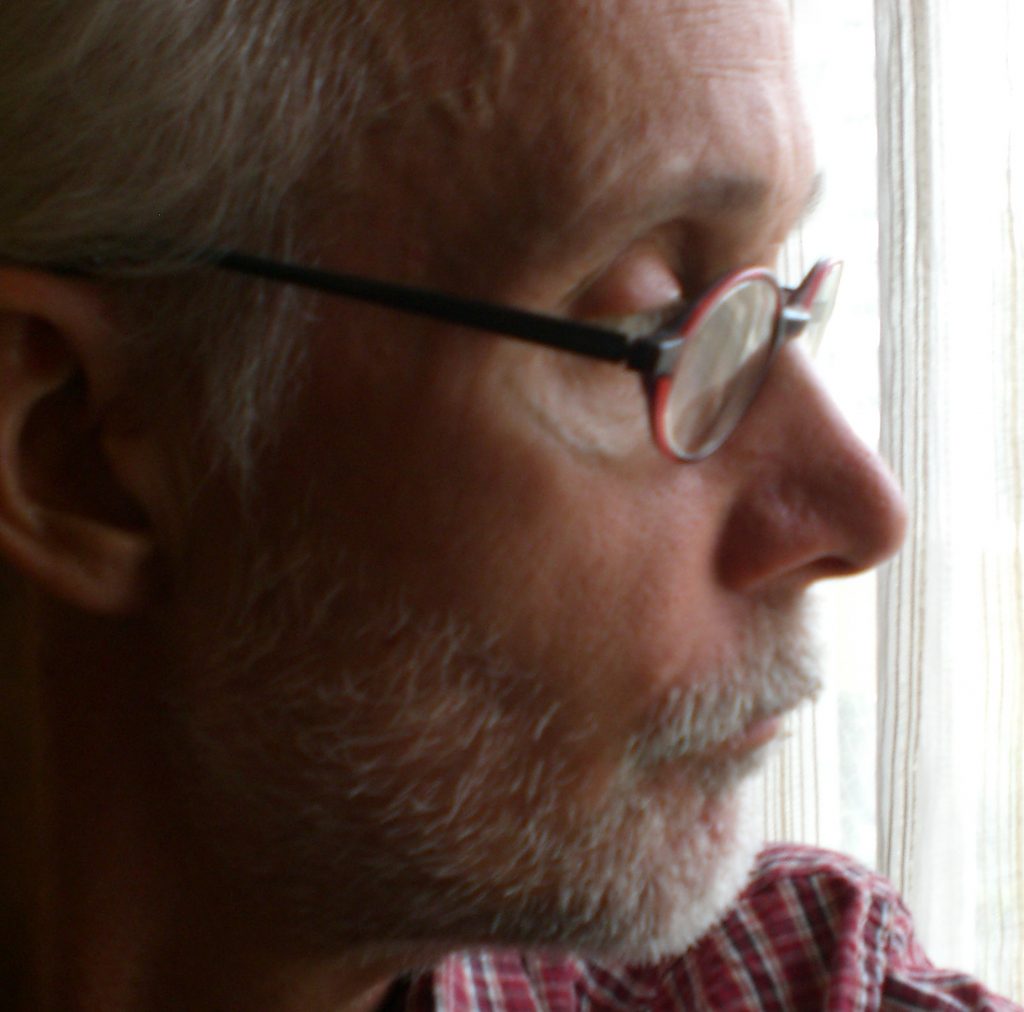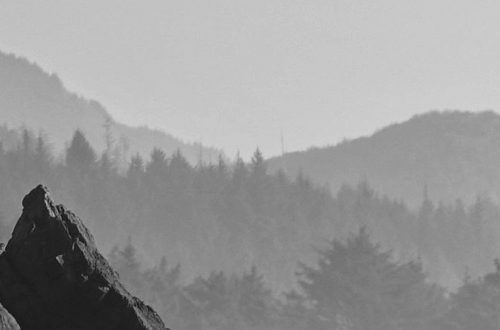by Henry Lewis
I was standing on top of Wutong Mountain. The storm clouds and smashing rain and violent lightning whirled around me. It was unwise to be on the summit in this charged atmosphere, but the run to reach the top had compelled me. Surrounded by the swirl and electricity, I stood mesmerized by the sheer magnificence and wonder.
My ethereal state was interrupted by three or four young Chinese men ascending just behind me. They made the summit with eyes wide and skyward, mouths open in fear, faces etched with terror. I yelled through the crash of the storm, “We need to get down!” and raced to descend. They were close behind.
I saw things from the top of the mountain. Unforgettable things. I saw them and they were now part of me.
Similarly, when I ran a portion of the Great Wall of China, I was truly overcome by the sheer grandeur and felt the reality of my profound, my utter insignificance. There I was atop the wall – the merest speck on a long, threading string. An insignificant particle. There are many pictures in books and on the internet of the Great Wall. But these images are only two-dimensional shadows of the true thing. The thing itself exceeds the natural limits of the human mind. Until you have stood on the wall and gazed out over the poignantly beautiful, green, rugged, mountainous landscape; until you have looked out across the vast unseeable distance, felt the wind, breathed the fragrance, and looked along the ever-diminishing string of the wall with its lookout towers weaving seemingly forever in the distance … until you have seen these things you have not really seen the Great Wall. But once you have stood there – then you have seen and then you know.
This type of seeing and this type of knowing are important. René Daumal, French spiritual writer and poet, once wrote:
You cannot stay on the summit forever; you have to come down again. So why bother in the first place? Just this: What is above knows what is below, but what is below does not know what is above. One climbs, one sees. One descends, one sees no longer, but one has seen. There is an art of finding one’s direction in the lower regions by the memory of what one saw higher up. When one can no longer see, one can at least still know.
Mount Analogue, 1952
Once from an aircraft window at 35,000 feet I saw the Grand Canyon. I’ve dropped through the clouds, in across the lovely patterned fields and farms in France – beautiful beyond words, like a fairytale. Do you remember the amusement park and Ferris wheel as a child? It went round and round and then it abruptly stopped at the top, at the highest point. Breathless. Rocking back and forth, squeaking frailty. It just hung there. You looked down at the amusements and all the people. You could see the entire lay of the park. This was the best view. Maybe you were terrified. Maybe you were fascinated. But you will never forget it.
We ascend the mountain. We summit. And we descend. But these pictures remain in our minds not only as things we have seen; they also become our ways of knowing. This world of rememberings and cascading images shape how we think about everything since.
Sometimes, these events even open windows for us to see beyond the moment, beyond the summit. Imagine yourself in Moses’s place, as he stood atop Mount Pisgah:
Then Moses went up from the plains of Moab to Mount Nebo, to the top of Pisgah, which is opposite Jericho. And the Lord showed him all the land, Gilead as far as Dan, all Naphtali, the land of Ephraim and Manasseh, all the land of Judah as far as the western sea, the Negeb, and the Plain, that is, the Valley of Jericho the city of palm trees, as far as Zoar. And the Lord said to him, “This is the land of which I swore to Abraham, to Isaac, and to Jacob, ‘I will give it to your offspring.’ I have let you see it with your eyes, but you shall not go over there.” So Moses the servant of the Lord died there in the land of Moab, according to the word of the Lord, and he buried him in the valley in the land of Moab opposite Beth-peor; but no one knows the place of his burial to this day. Moses was 120 years old when he died. His eye was undimmed, and his vigor unabated.
Deuteronomy 34:1-7
Moses had seen, and now he knew. The Lord shared with his friend the fulfillment of his promise to the children of Israel of bringing them to a promised land. Together they share the view and savor the moment. Moses’ eyes were undimmed. He sees it all from the summit, and he knows. Then the Lord takes Moses to Himself in death. And Moses’ friend – the God of the Universe – personally buries his faithful friend in the valley in the land of Moab opposite Beth-Peor, or “House of the Opening.”
And no one knows the place.

Henry Lewis lives in the Minneapolis area with his lovely wife where he writes and plays and dreams of trails, and gazes wonderstruck at the wink of a rising sun and the dancing northern lights across a night sky. This essay is based on an excerpt from his latest book, Laughter Near the Edge of Heaven – Confessions of a Trail Runner. You can find more about him at henrylewiswriter.com and gettingamazingthingsdone.com.
Header Image: photo of Wutong Mountain, by the author.






One Comment
.Beatrice Dick
Love it.